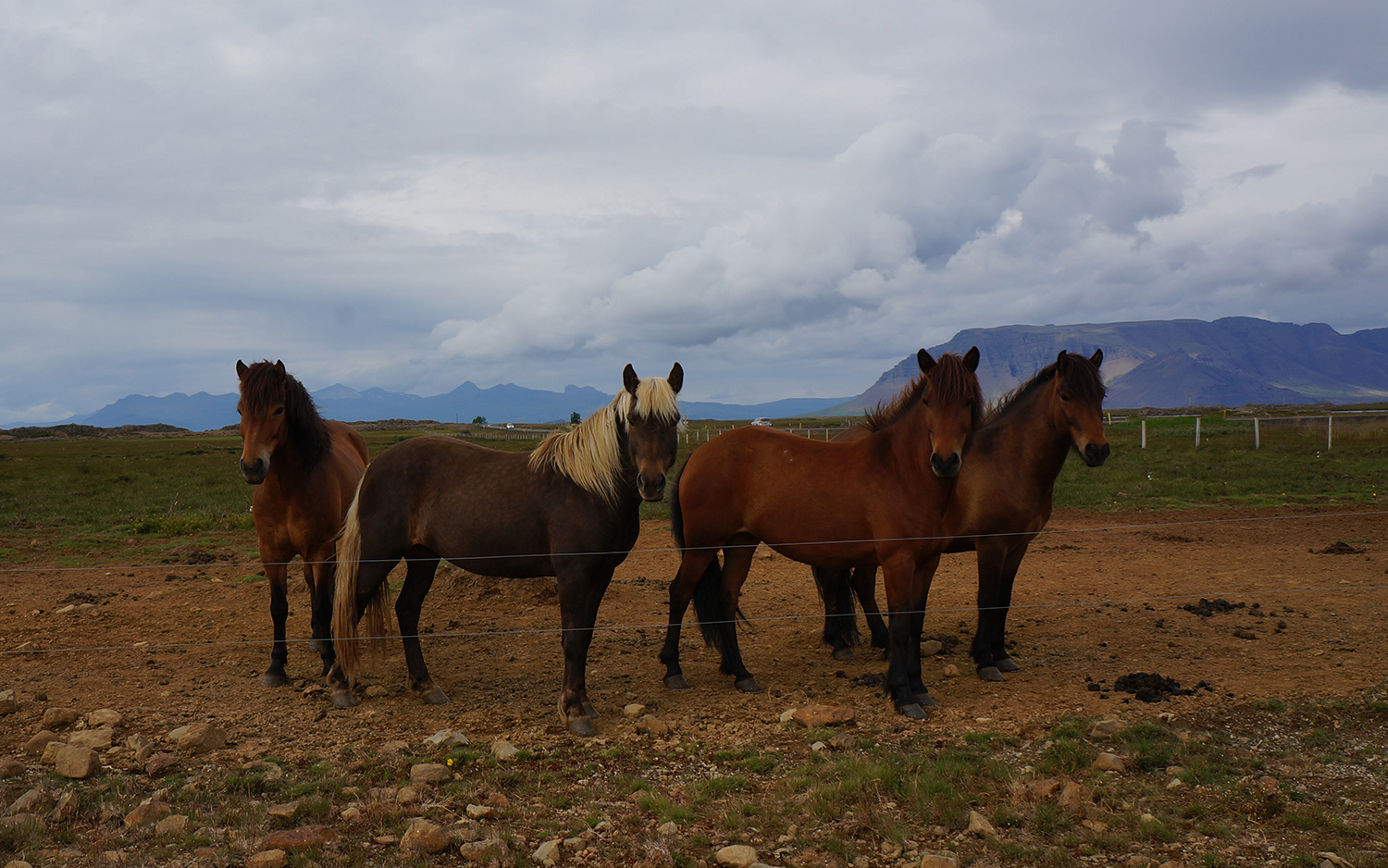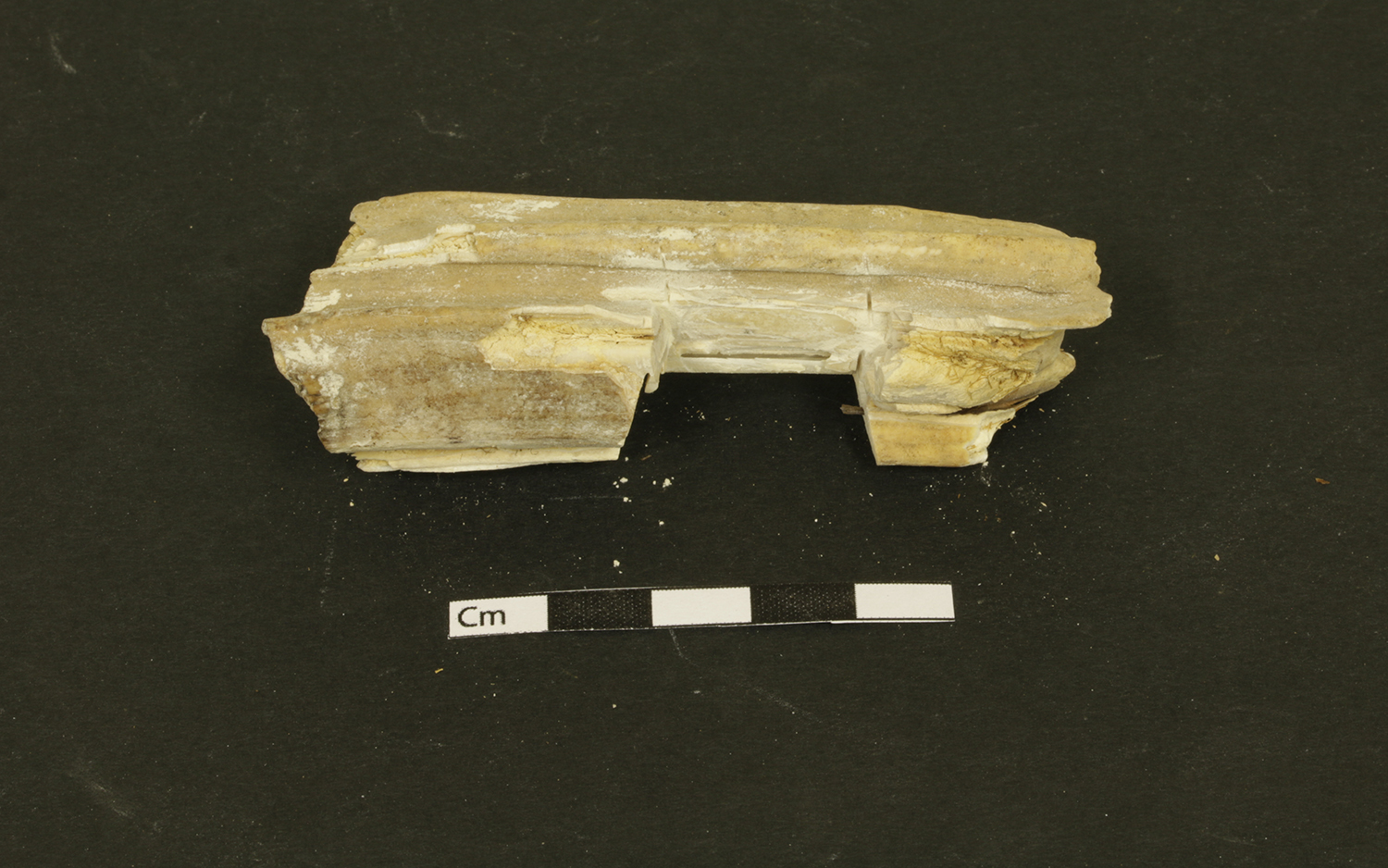Ancient DNA from Viking Graves Proves the Fierce Fighters Rode Male Horses

Vikings who settled in Iceland more than 1,000 years ago valued their horses so much that the men were buried with their trusty steeds. And DNA analysis of these treasured animals recently proved that the horses consigned to the grave with their manly owners were males, too.
For decades, archaeologists have studied the contents of hundreds of Viking graves in Iceland. Many of these graves also contained the remains of horses that appeared to have been healthy adults when they died.
Because the horses seemed well cared for in life — before they were killed and buried, that is — they were considered to be important to the men whose remains lay nearby. Recently, scientists conducted the first ancient DNA analysis of bones from 19 horses in Viking graves, and found that nearly all of the animals were male, a tantalizing clue about vanished Viking culture. [Fierce Fighters: 7 Secrets of Viking Culture]
Iceland is home to 355 known Viking graves dating from the late ninth century to the early 11th century A.D., and the occupants are mostly middle-age men, researchers reported in a new study. Horses are common in these graves — more than 175 horses appear in 148 graves. The majority of the animals were clearly associated with the human skeletons, and they appeared to have been slaughtered "specifically for burial," the scientists reported.

Prior interpretation of horses' remains from other Viking sites suggested that male horses played an important role for Vikings. And researchers suspected that learning the sex of the buried Icelandic horses would provide valuable insights into funeral rituals.
Experts can differentiate between the remains of male and female horses by looking at the shape of the animal's pelvis and from the canine teeth, which typically appear only in males, according to the study. But this type of analysis works only if the remains are in good condition, study co-author Albína Hulda Pálsdóttir, a doctoral candidate with the Centre for Ecological and Evolutionary Synthesis at the University of Oslo in Sweden, told Live Science in an email.
"Since horses are so hard to sex morphologically unless fairly well-preserved, whole skeletons are found, we know very little about the varying roles of male and female horses in the past," Pálsdóttir said.
Sign up for the Live Science daily newsletter now
Get the world’s most fascinating discoveries delivered straight to your inbox.
The scientists turned to ancient DNA, or aDNA, to reveal the sex of the horses, which they were able to accomplish with small quantities of genetic material. They examined 22 horses from 17 sites, and of the 19 horses found in graves, 18 were males. This suggests that male horses were favored for ritual burial by the Viking noblemen whose graves they shared, Pálsdóttir said in the email.
"The sex ratio and age distribution of the killed horses suggests that there was a well-formed structure behind the rituals, in which the chosen horse acted as symbolic representative," she explained.
"The conscious choice of males was perhaps linked with the characteristics of stallions; virility and aggression could have been a strong symbolic factor," Pálsdóttir added.
However, the remains of three horses that were found outside graves had not received the ceremonial treatment of the buried horses. All of these animals were found to be female, and they had probably been eaten, the study authors concluded.
In further analysis of their samples, the scientists will compare them with evidence of horses from other Northern European countries dating to the Viking age, Pálsdóttir told Live Science. They hope to find the geographical origins of Viking horses and physical traits such as the horses' colors, she added.
The findings were published online in the January 2019 issue of the Journal of Archaeological Science.
- Viking History: Facts & Myths
- Photos: Vikings Accessorized with Tiny Metal Dragons
- In Photos: Viking Settlement Discovered at L'Anse aux Meadows
Original article on Live Science.

Mindy Weisberger is an editor at Scholastic and a former Live Science channel editor and senior writer. She has reported on general science, covering climate change, paleontology, biology and space. Mindy studied film at Columbia University; prior to Live Science she produced, wrote and directed media for the American Museum of Natural History in New York City. Her videos about dinosaurs, astrophysics, biodiversity and evolution appear in museums and science centers worldwide, earning awards such as the CINE Golden Eagle and the Communicator Award of Excellence. Her writing has also appeared in Scientific American, The Washington Post and How It Works Magazine. Her book "Rise of the Zombie Bugs: The Surprising Science of Parasitic Mind Control" will be published in spring 2025 by Johns Hopkins University Press.









